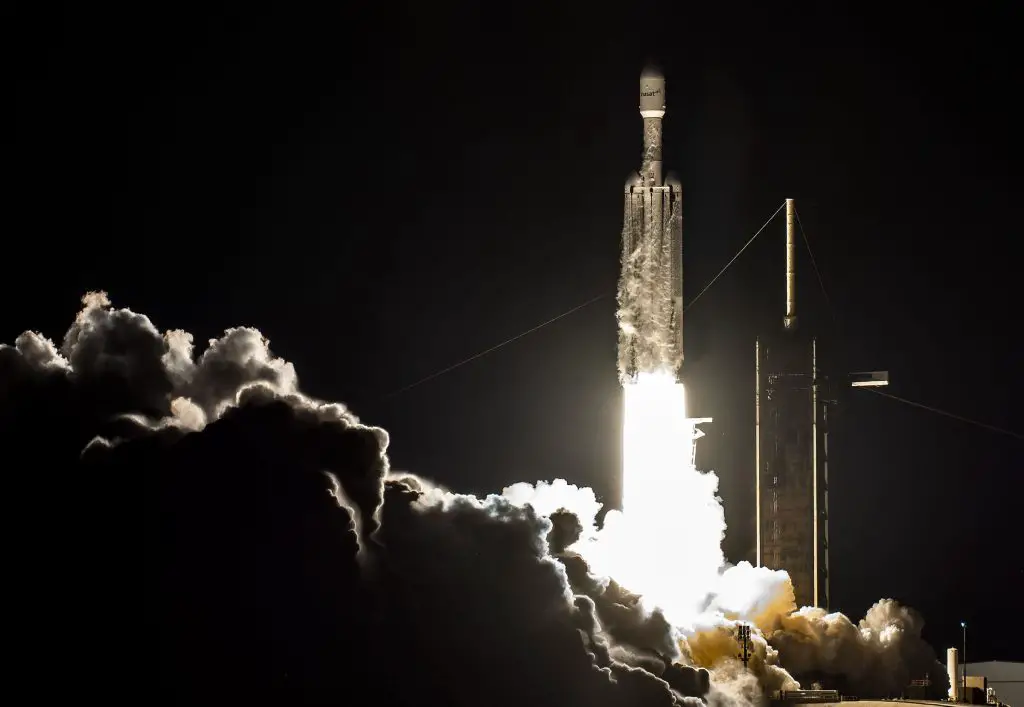
How are rocket launch dates and times determined?
Rocket launches require careful planning and coordination. The success of a launch depends on various factors, including the weather, orbital mechanics, range availability, technical readiness, launch window, and mission priorities. In this article, we will discuss the key factors that determine the launch date and time of a rocket.
- Weather conditions are one of the most important factors that determine the launch date and time of a rocket. Launches are postponed or scrubbed if there are unfavorable weather conditions, such as high winds, thunderstorms, or cloud cover, that could affect the flight. The launch vehicle and its payload are sensitive to weather conditions and must be protected from any potential damage.
- Orbital mechanics is another important factor that determines the launch date and time. The position of the target body relative to the launch site must be calculated to ensure that the rocket can reach its intended destination. This is a complex process that involves taking into account the relative motion of the Earth, the Moon, and other celestial bodies. The launch must be timed precisely to ensure that the rocket will reach its target and complete its mission successfully.
- Range and launch pad availability is another critical factor that determines the launch date and time. Launch ranges must be available for the rocket to take off, and this availability is often based on military operations or other launches. The launch must be scheduled at a time when the range is free and clear of any potential conflicts or disruptions.
- Technical readiness is another factor that affects the launch date and time. The launch vehicle, payload, and associated systems must be fully operational and ready for launch. The launch date is dependent on the readiness of these components and any necessary repairs or upgrades must be completed before the launch can take place.
- Launch windows are specific time periods in which a launch must occur to achieve the desired orbit or mission objectives. The launch providers will typically attempt to launch at the beginning of the window, but technical issues and weather can cause launches to be delayed to the middle or end of the launch window. These windows are determined by the positions of the Earth and target body relative to each other, and the launch must take place within these windows to ensure the success of the mission. Launch windows can be as short as a few minutes, so the launch must be timed precisely to take advantage of these opportunities.
- Finally, mission priorities can also affect the launch date and time. In some cases, the launch date may be prioritized based on the importance of the mission and other competing missions. For example, a mission to resupply the International Space Station may take precedence over a scientific mission if the ISS is running low on supplies.
The launch date and time of a rocket are determined by several critical factors, including weather conditions, orbital mechanics, range availability, technical readiness, launch window, and mission priorities. The success of a launch depends on careful planning and coordination to ensure that all these factors are taken into account. With the right combination of preparation, technology, and expertise, rocket launches can be accomplished with precision and success.
Very interesting
Do u have a discord?
We do, https://discord.com/invite/BMxSptrm